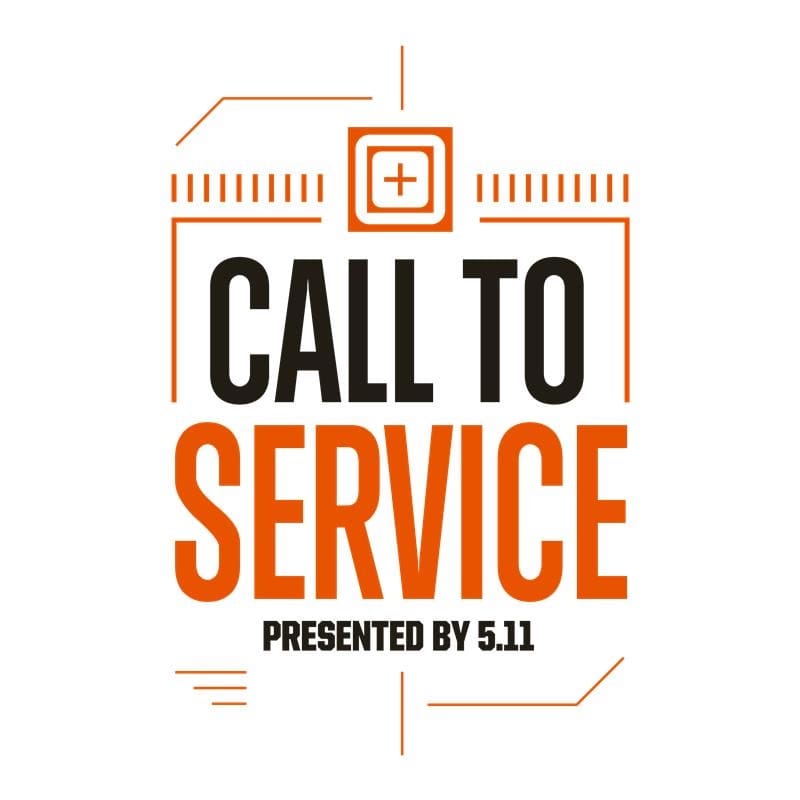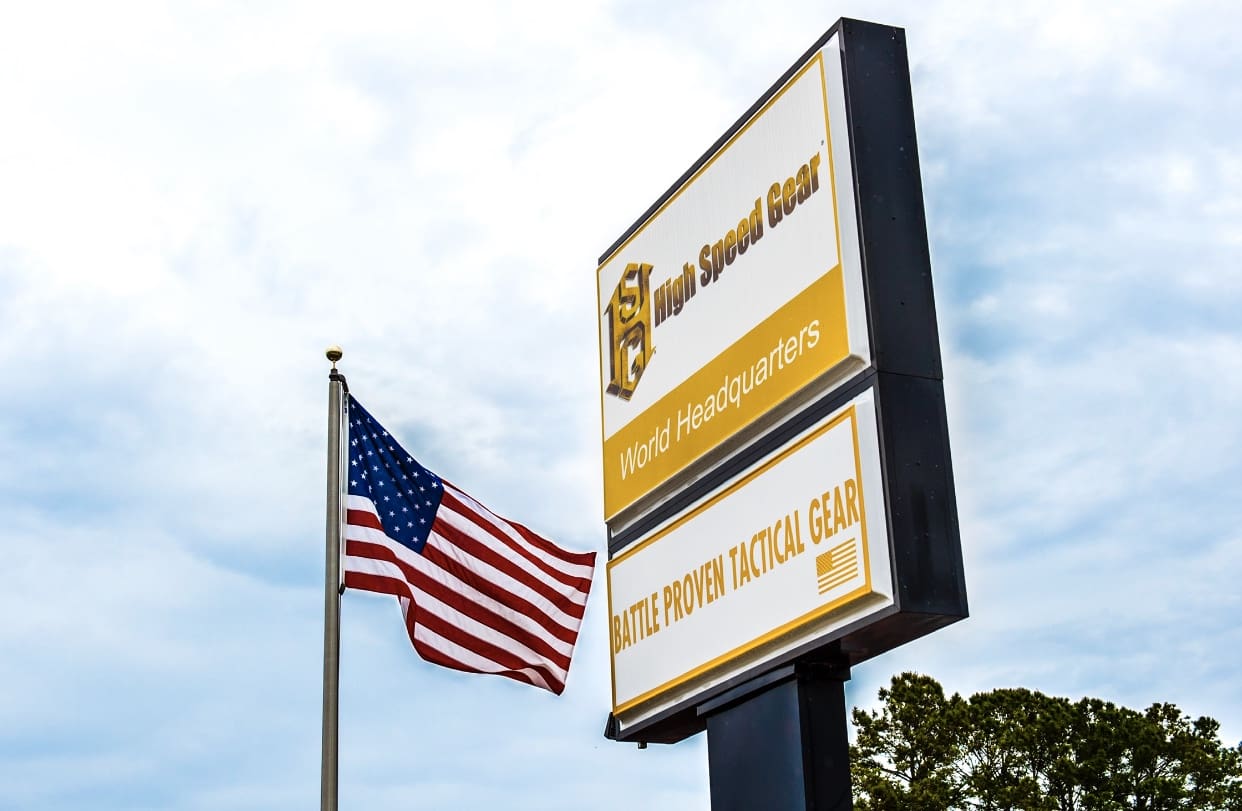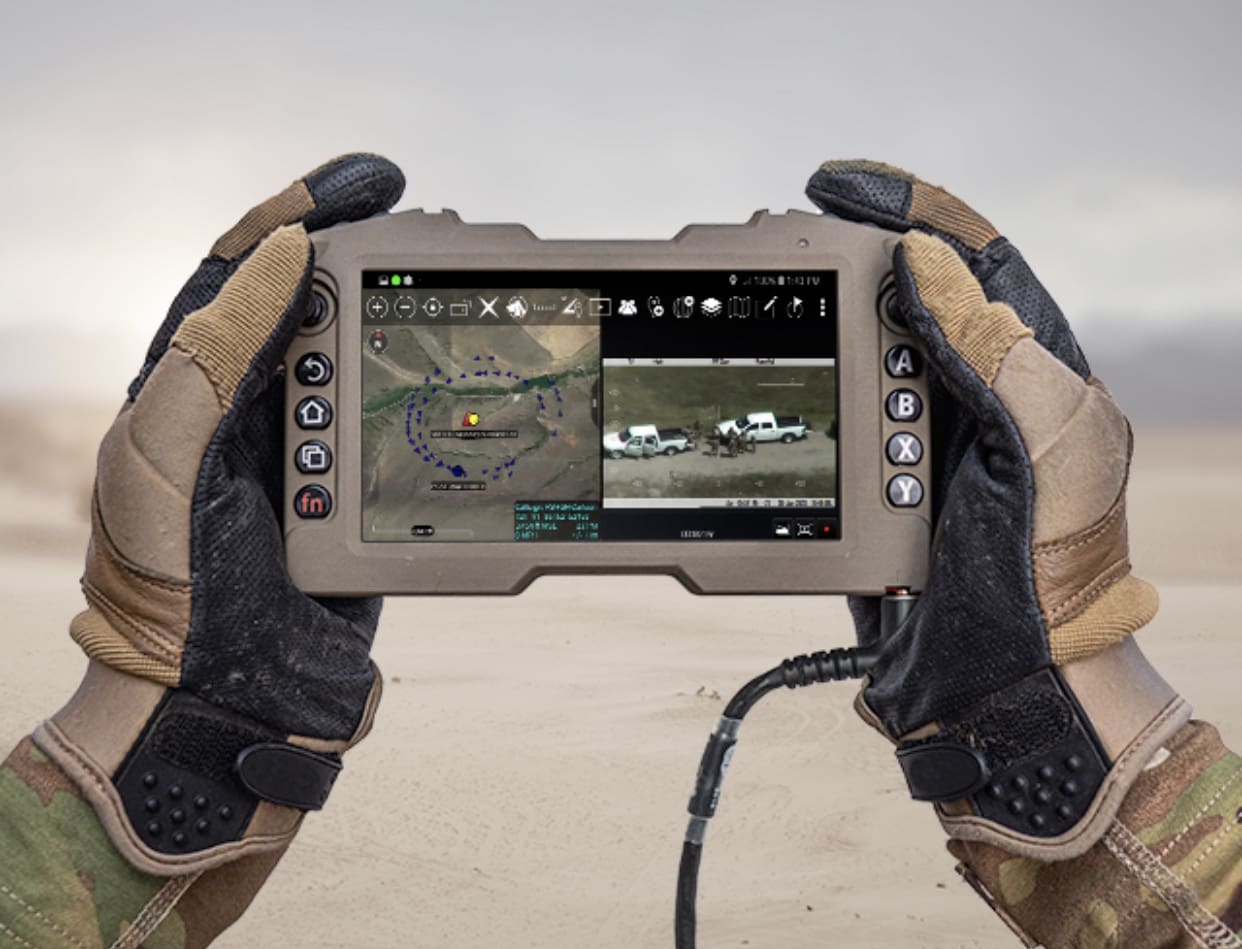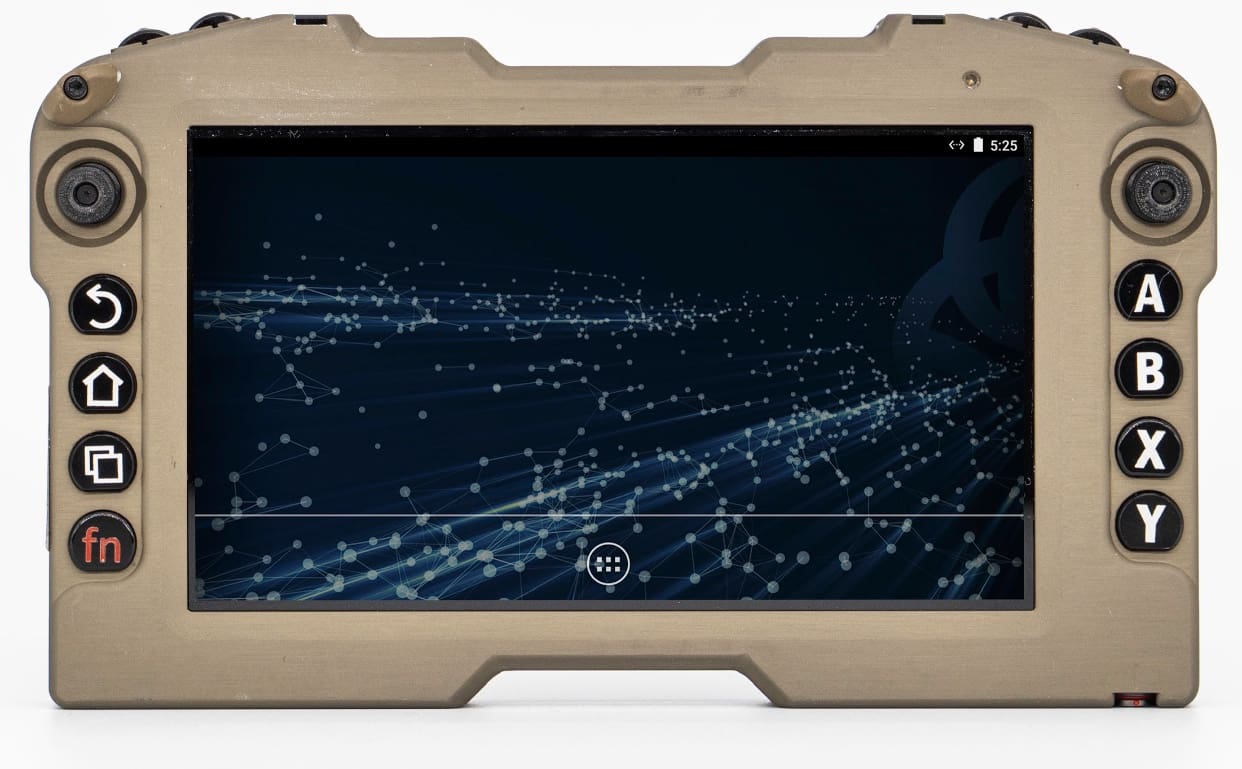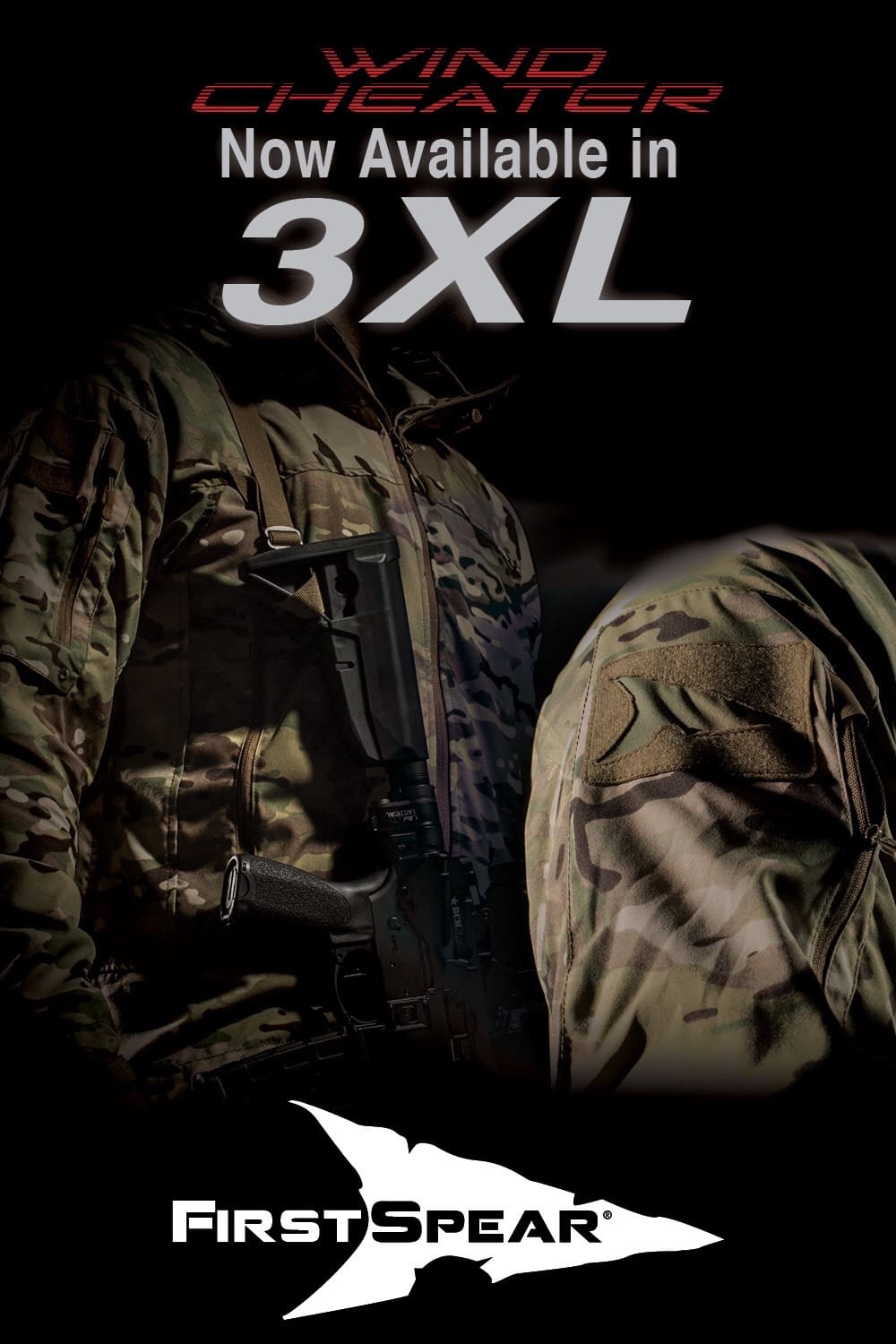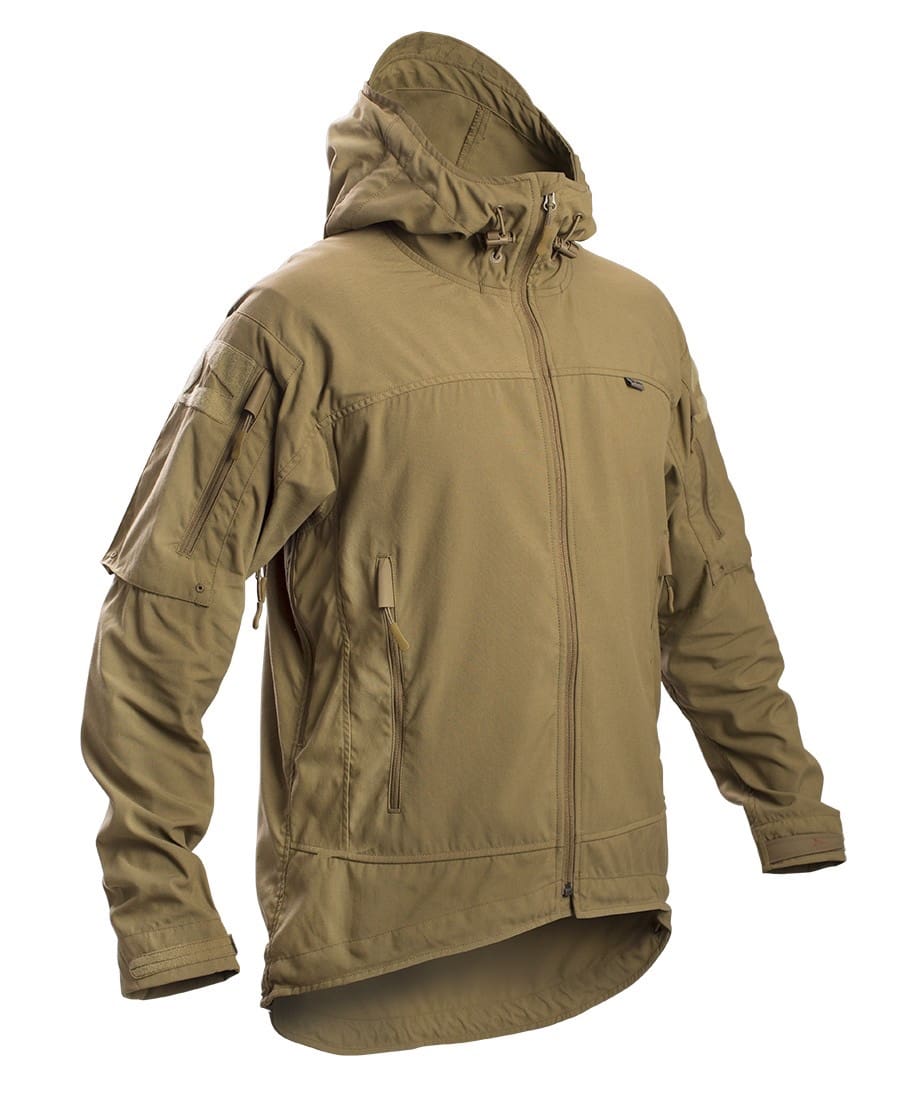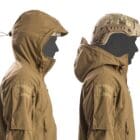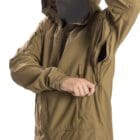NAVAL AMPHIBIOUS BASE CORONADO (NNS) – (Sep. 11, 2020) Rear Adm. H. W. Howard III relieved Rear Adm. Collin P. Green as Commander, Naval Special Warfare Command (NSWC) during a change of command ceremony at Naval Amphibious Base Coronado, Sept. 11, 2020.
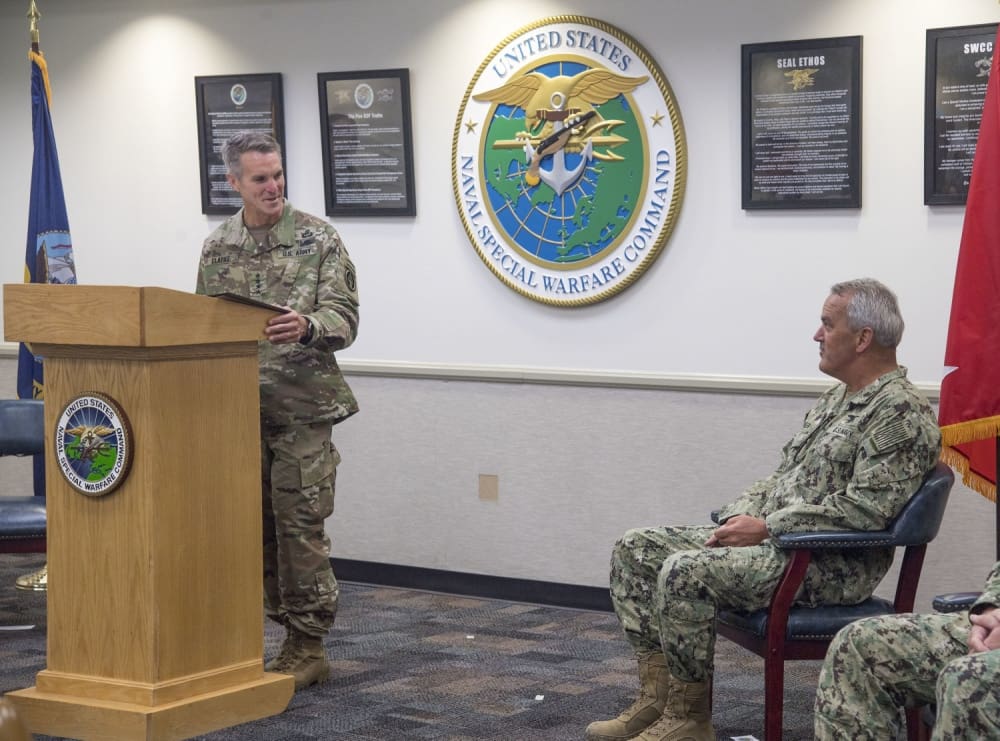
U.S. Army General Richard D. Clarke, commander, United States Special Operations Command (USSOCOM) was the presiding officer.
“But on all days, today, September 11th, we all remember an event that changed many things for our country. And for our special operations forces, it changed our course, it changed many of our joint force individuals, and changed many families for years to come. And I would ask everyone to keep that foremost in your mind today, as we recognize the import of today’s event,” said Clarke. “For 19 years, SOF has been the tip of the spear operating around the globe to protect our American people, our interest and our way of life. From the beginning the Navy SEALs and the entire NSW team has been an absolutely essential part of that effort. …The incredible ethos of teamwork and excellence established in the tradition of this command firmly holds true today.”
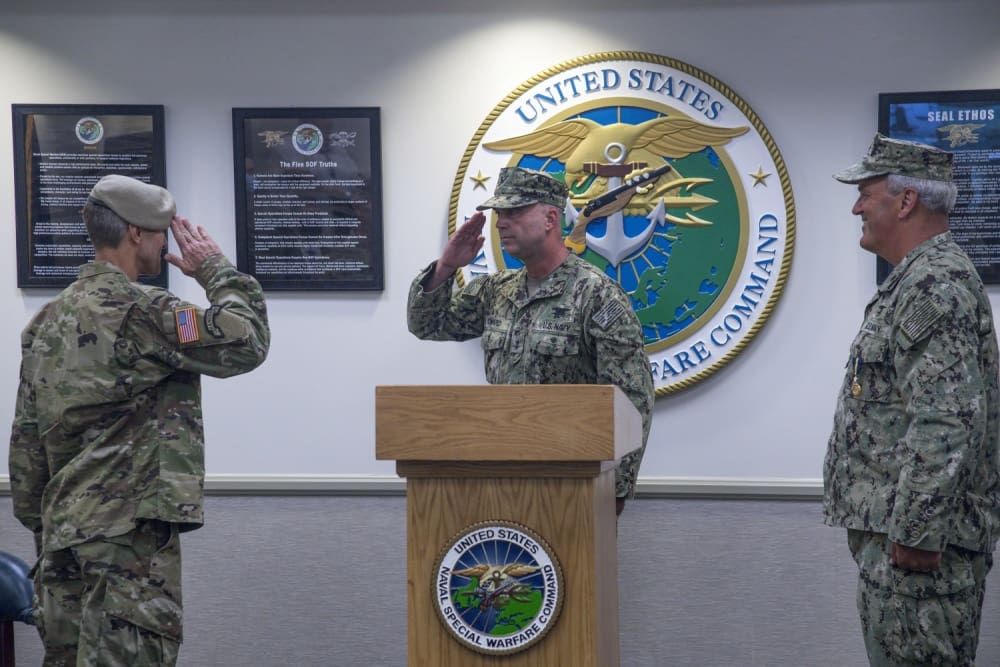
Green assumed command of NSWC in July 2018 and in his next assignment, he will serve as chief of staff, U.S. Special Operations Command.
Howard arrives as Commander, NSWC from his most recent assignment as Commander, U.S. Special Operations Command Central located at MacDill Air Force Base, Fla.
NSW Command is committed to its Sailors and the deliberate development of their tactical excellence, ethics, and leadership as the nation’s premiere maritime special operations force supporting the National Defense Strategy.
NSW is the maritime component of U.S. Special Operations Command, and its mission is to provide maritime special operations forces to conduct full-spectrum operations, unilaterally or with partners, to support national objectives.
Courtesy Naval Special Warfare Command




